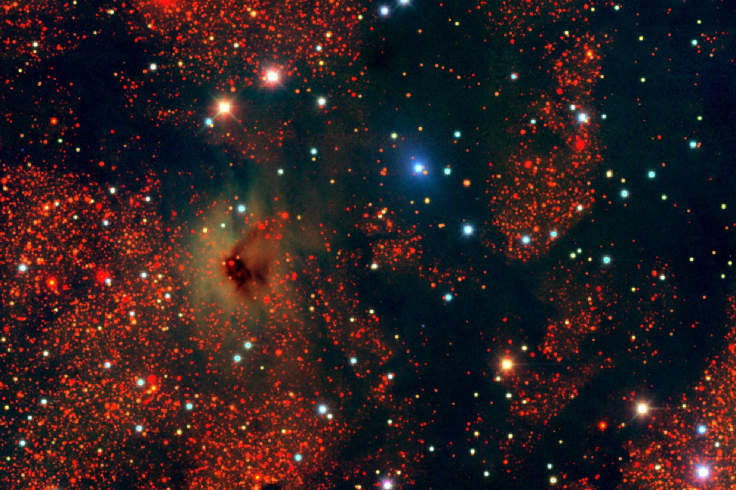Astronomers Create Detailed Cosmic Dust Map For The Milky Way

Space is a dusty place. Cosmic dust — produced when stars die — is what makes up everything around us, including you and me and the planet we live on.
This omnipresent dust presents a not-so-insignificant problem for astronomers looking to observe distant galaxies and stars. Much like the dust on Earth that obscures distant objects, cosmic dust can distort distant objects in space, and, in some cases, even conceal them from view entirely.
Read: Cassini Samples Interstellar Dust
One way to overcome this problem would be to create accurate maps of space dust, including its concentration and composition — which can then be used to correct for its effect in astronomical measurements.
This is what scientists associated with the U.S. Department of Energy’s Lawrence Berkeley National Laboratory have now done. In a new study published in the Astrophysical Journal, researchers describe the creation of 3D maps that compare dust within 1 kiloparsec, or 3,262 light-years, in the outer Milky Way with more distant dust in the galaxy. The map was created using data collected by the Pan-STARRS telescopes in Hawaii and the Sloan Digital Sky Survey (SDSS) in New Mexico.
“The resolution of these 3D dust maps is many times better than anything that previously existed,” study lead author Edward F. Schlafly from the Berkeley Lab said in a statement released Wednesday. “The overarching aim of this project is to map dust in three dimensions — to find out how much dust is in any 3D region in the sky and in the Milky Way galaxy.”
The map has thrown up fresh questions about the makeup of space dust in our galaxy. For instance, while current theoretical models predict the existence of larger dust grain sizes in areas with greater dust density, the observations reveal that dense dust clouds and the less concentrated dust clouds look more or less alike.
“The message to me that we don’t yet know what’s going on. I don’t think the existing (models) are correct, or they are only right at the very highest densities,” Schlafly said.
Moreover, even these extremely detailed maps are far from complete. Scientists still do not have enough information to create an accurate dust map for about a third of the Milky Way, and the next step would be to create more comprehensive dust maps using SDSS’ upcoming APOGEE-2 survey.
“We’re working right now on imaging this ‘missing third’ of the galaxy,” Schlafly said.
© Copyright IBTimes 2024. All rights reserved.





















